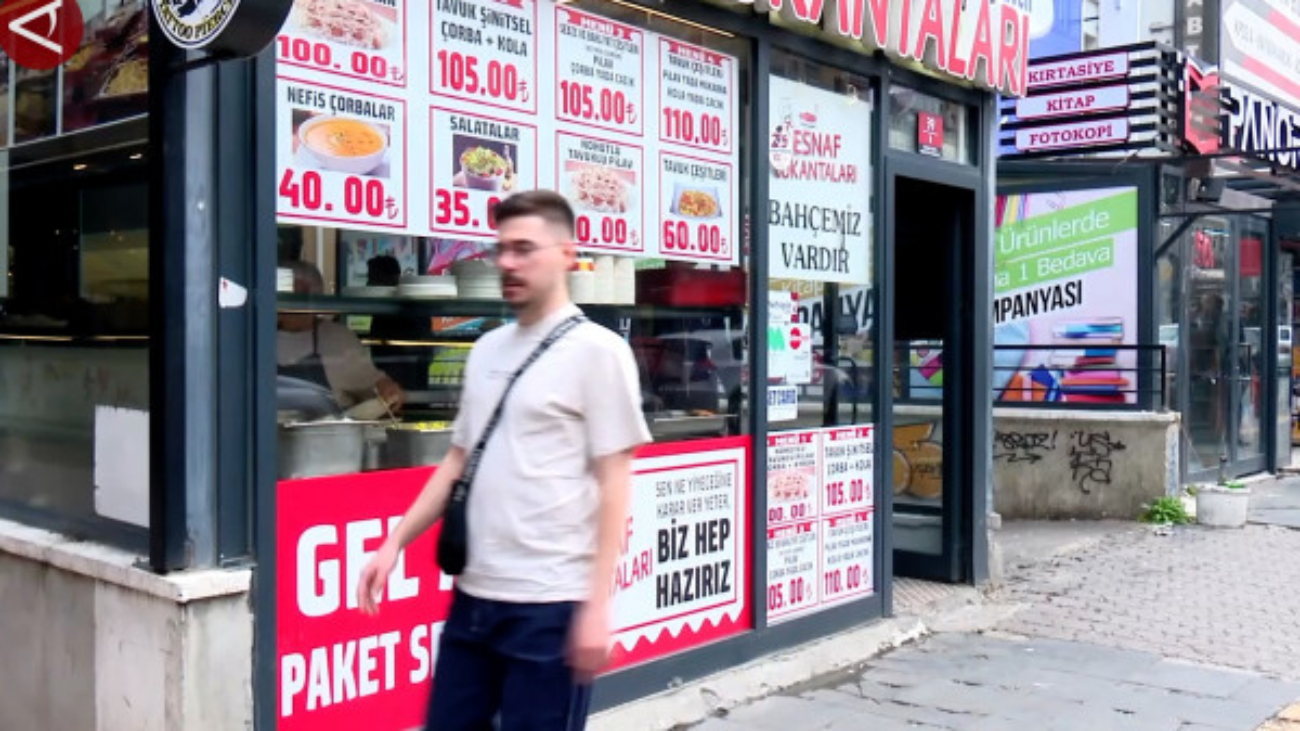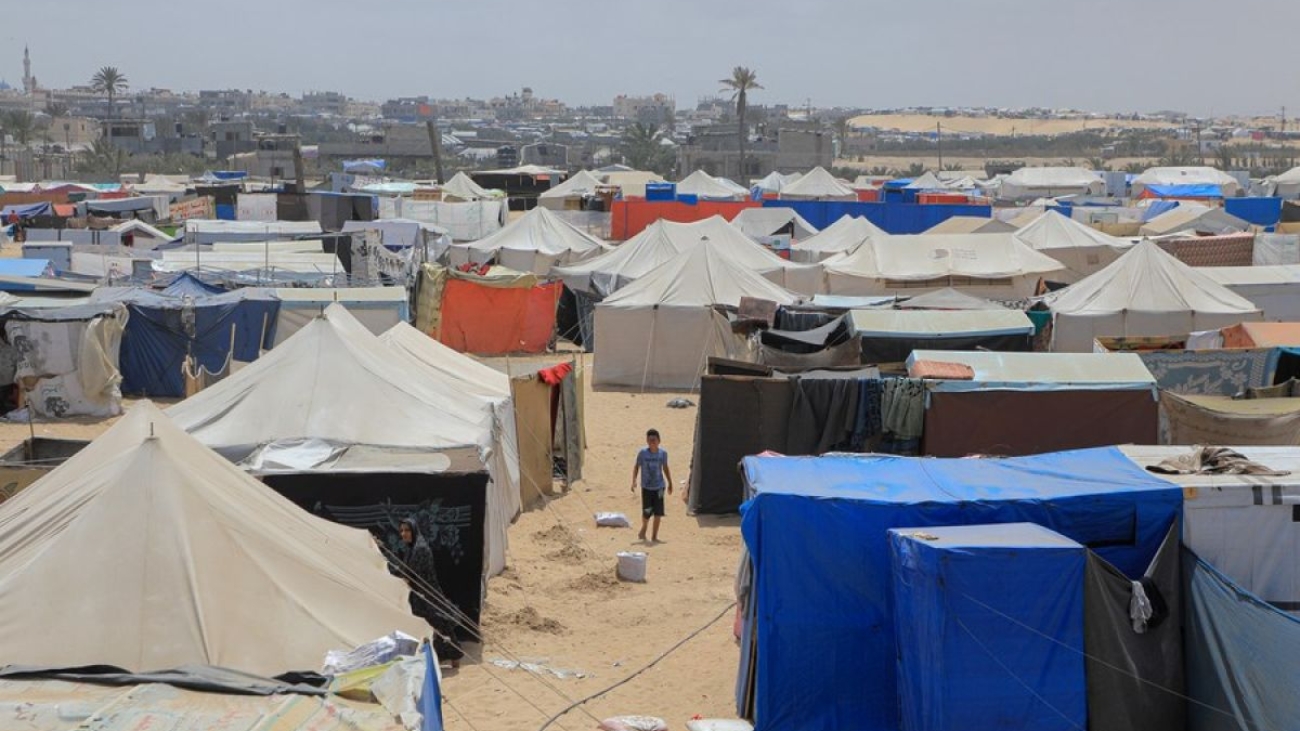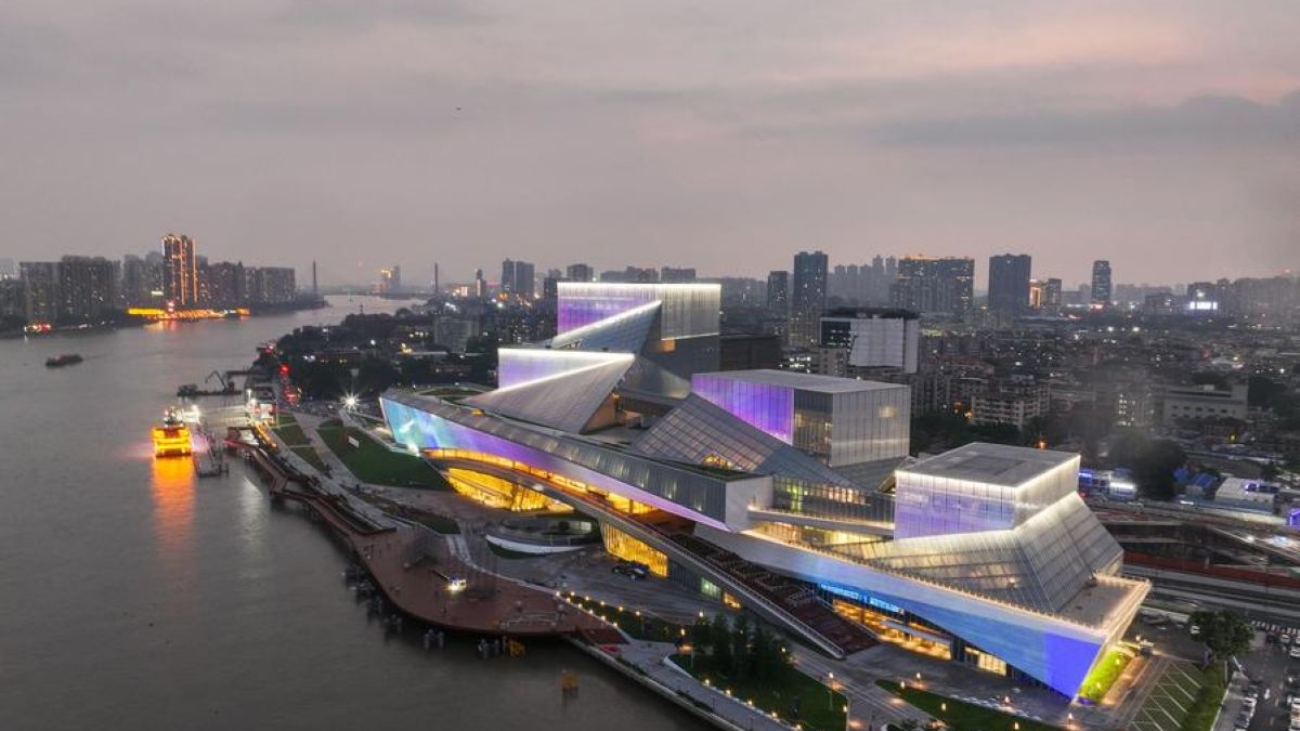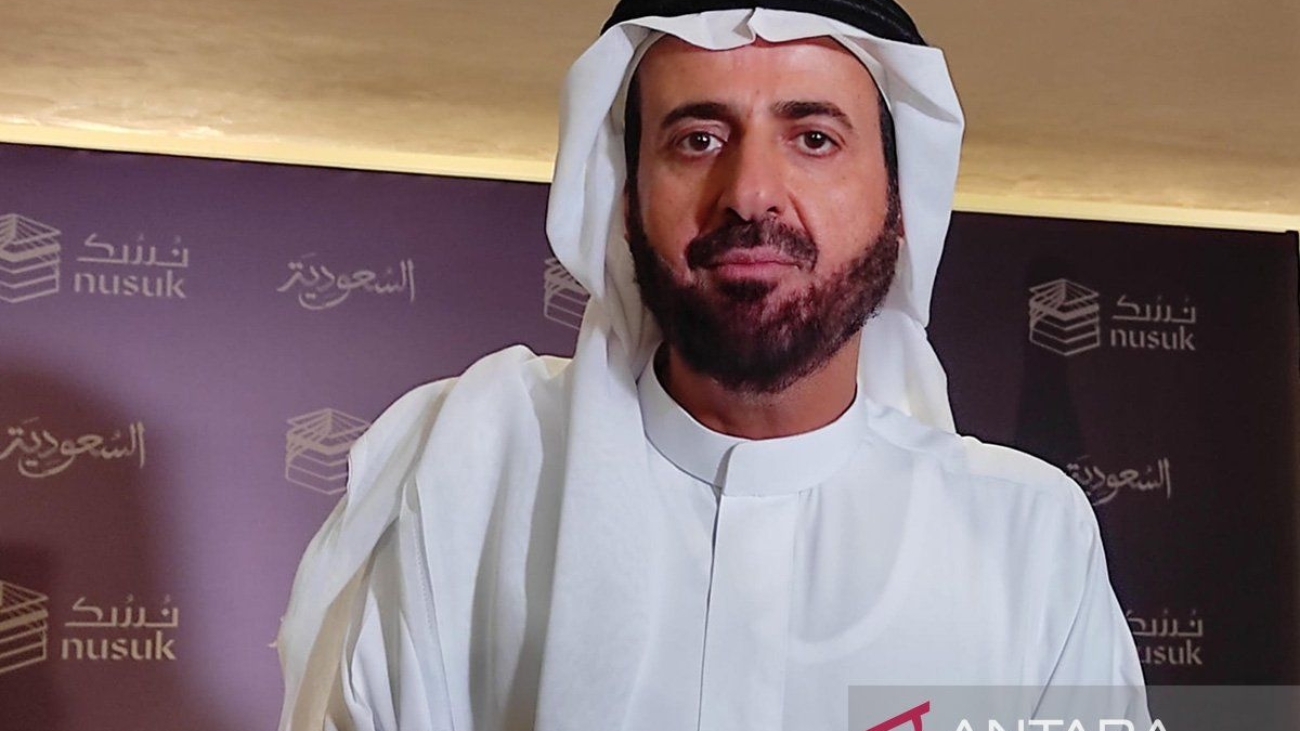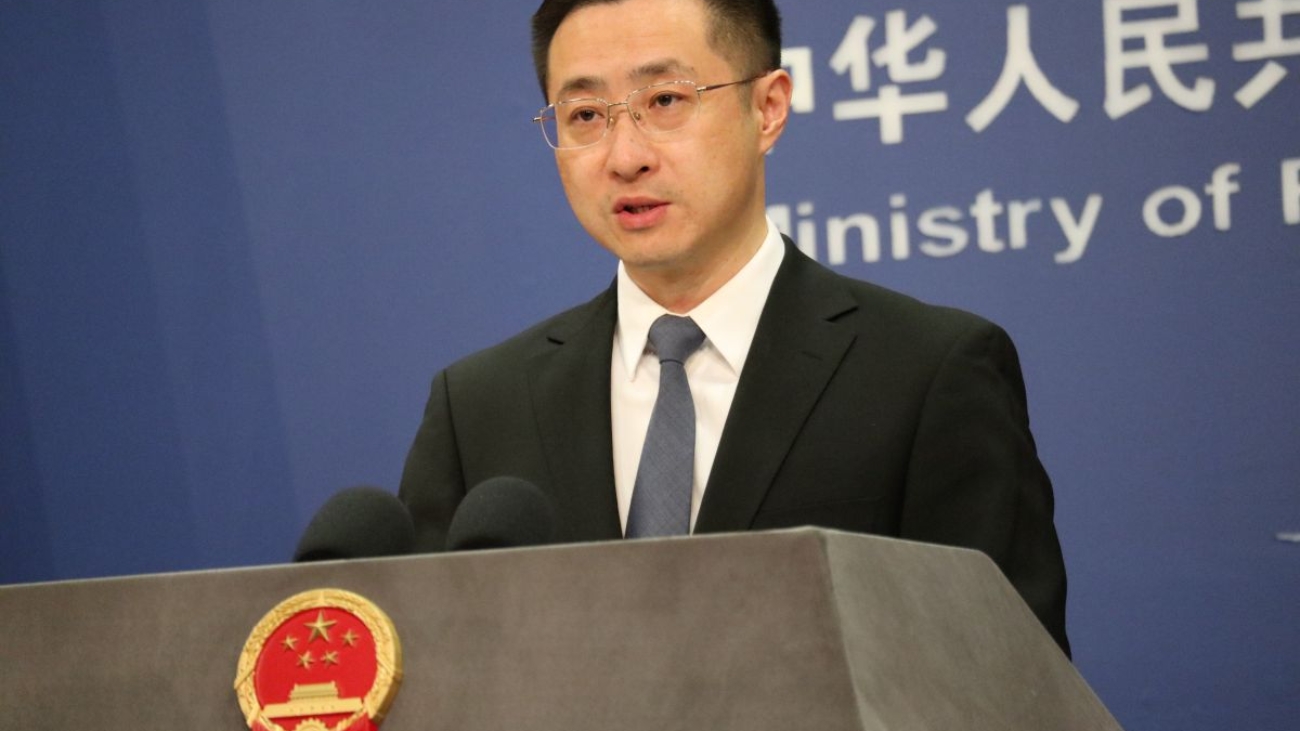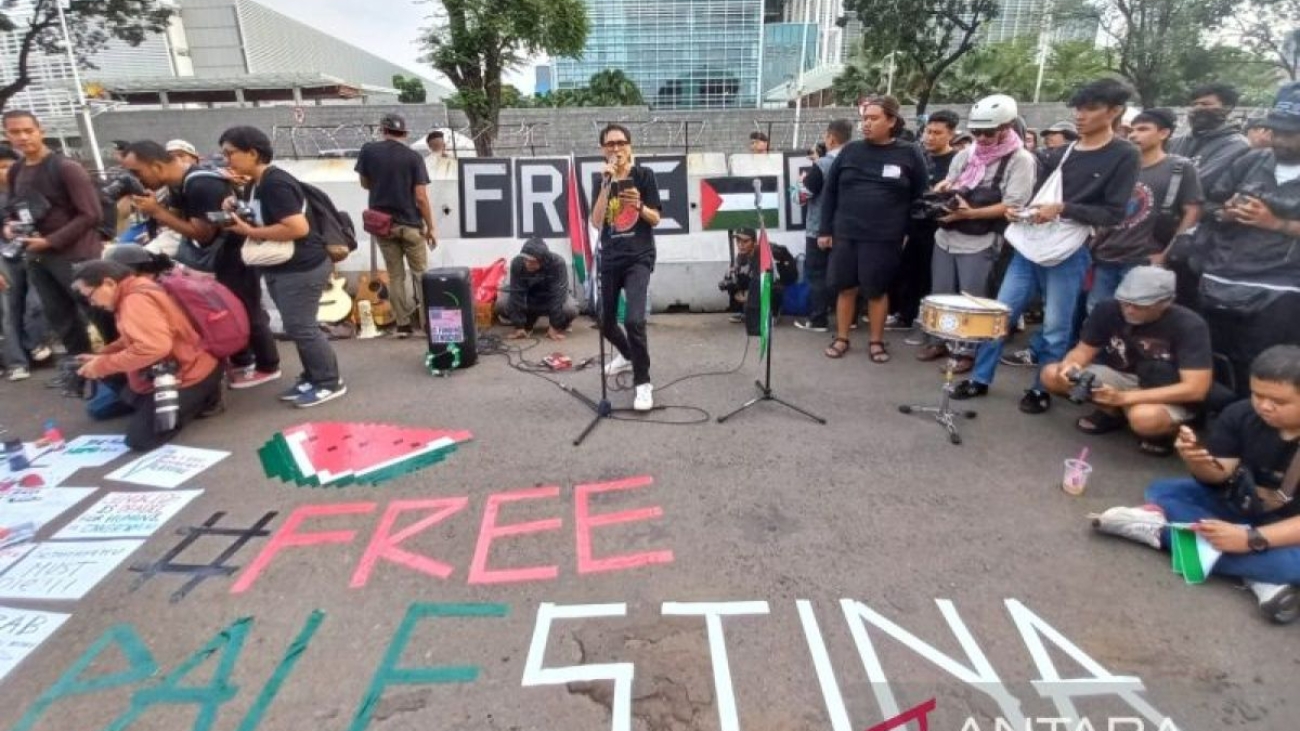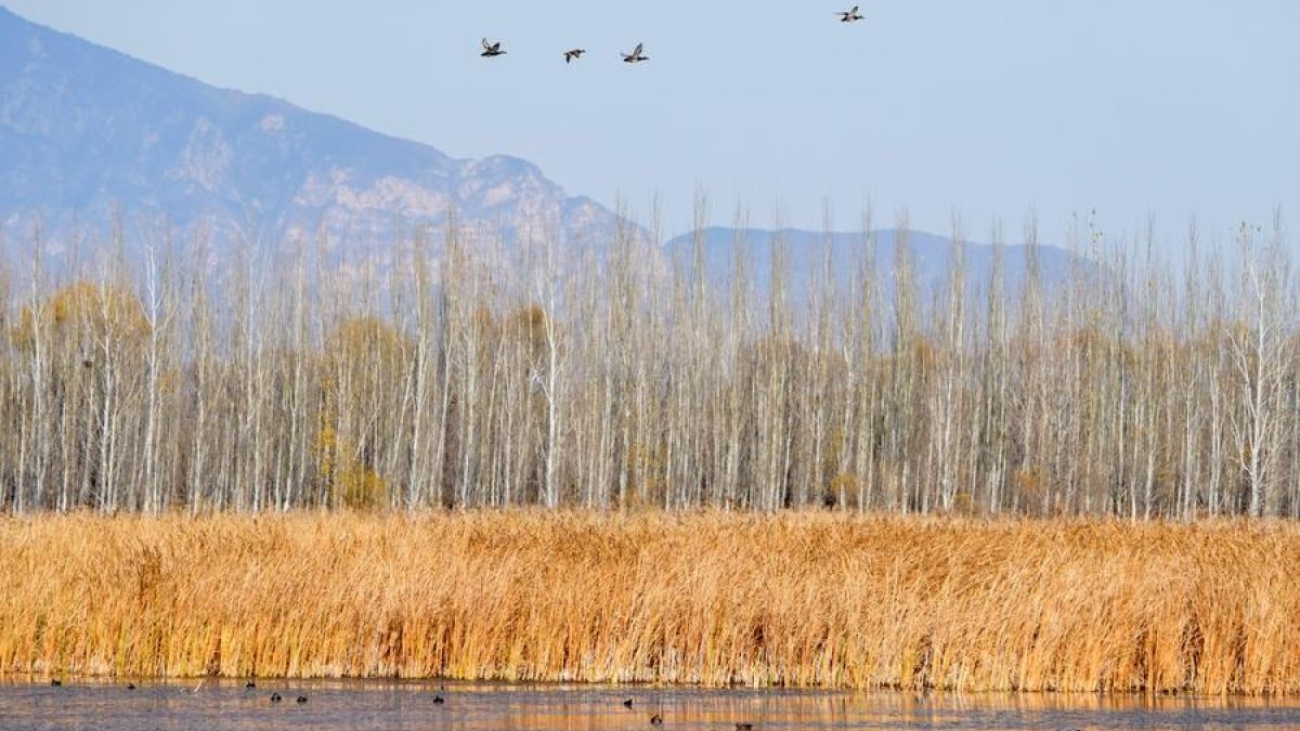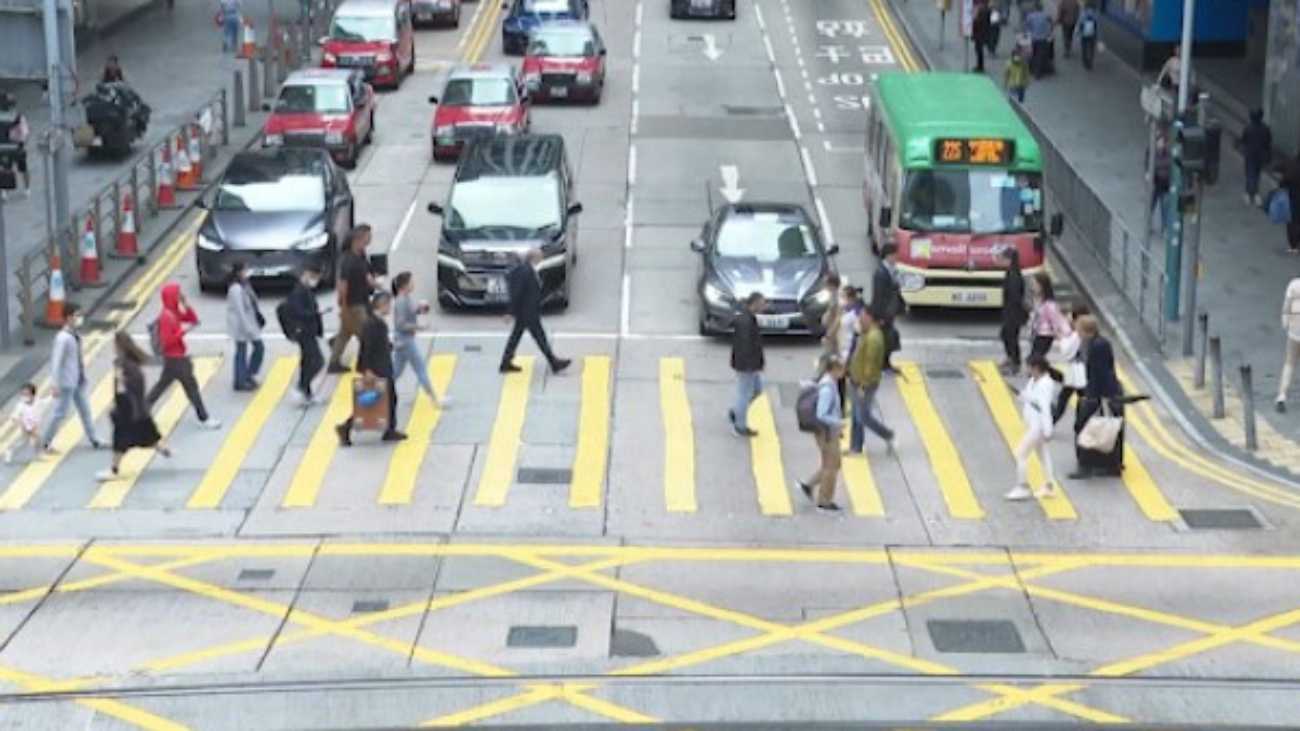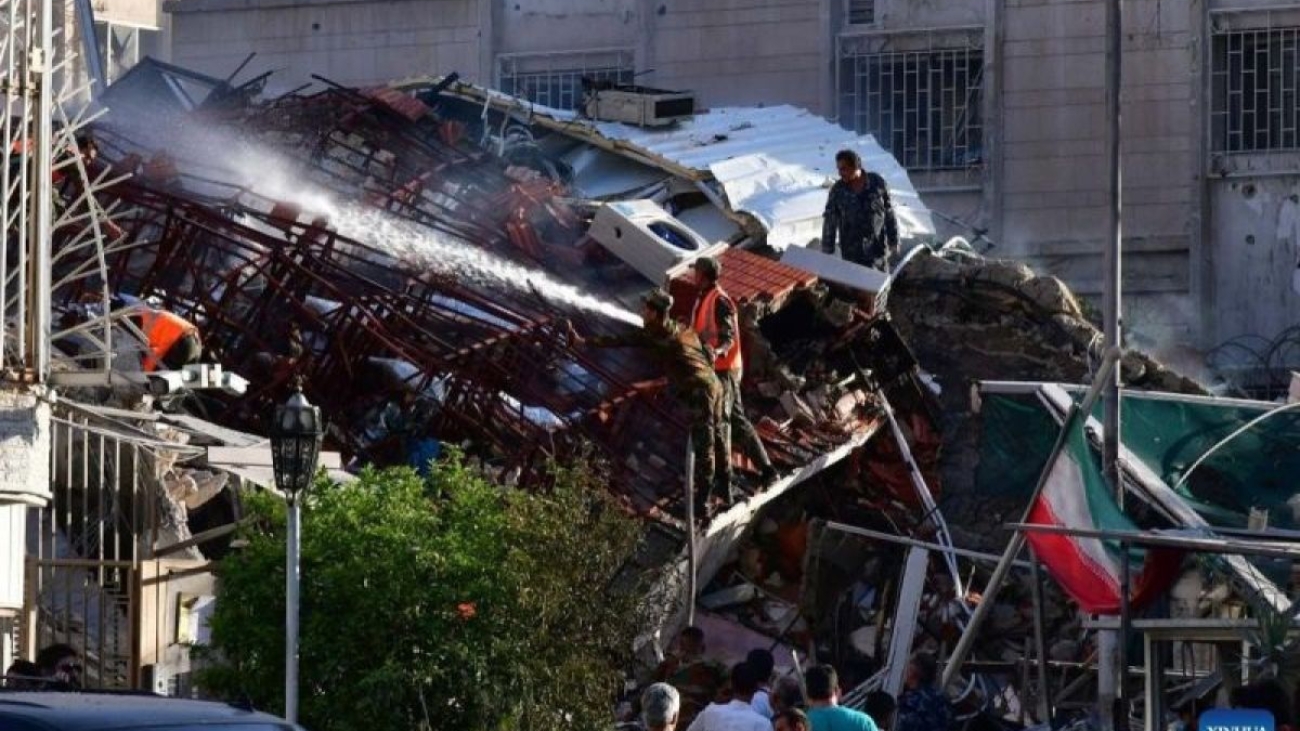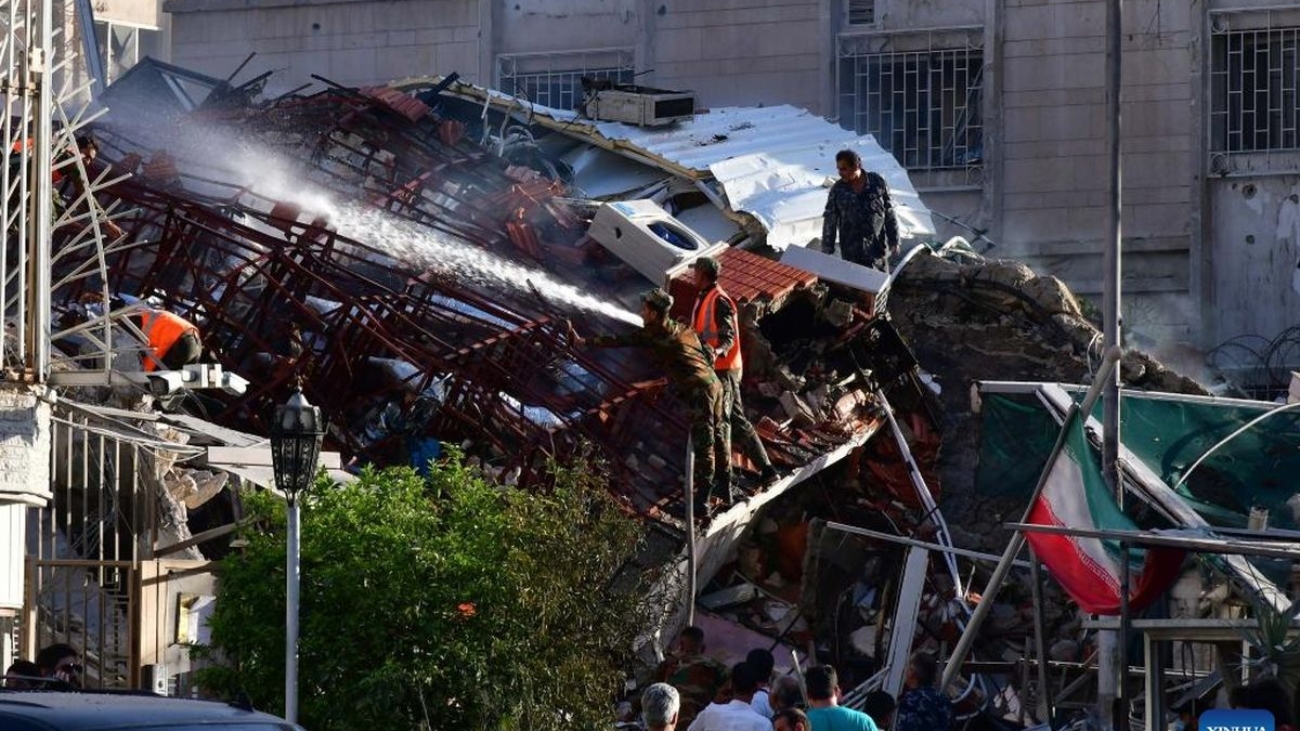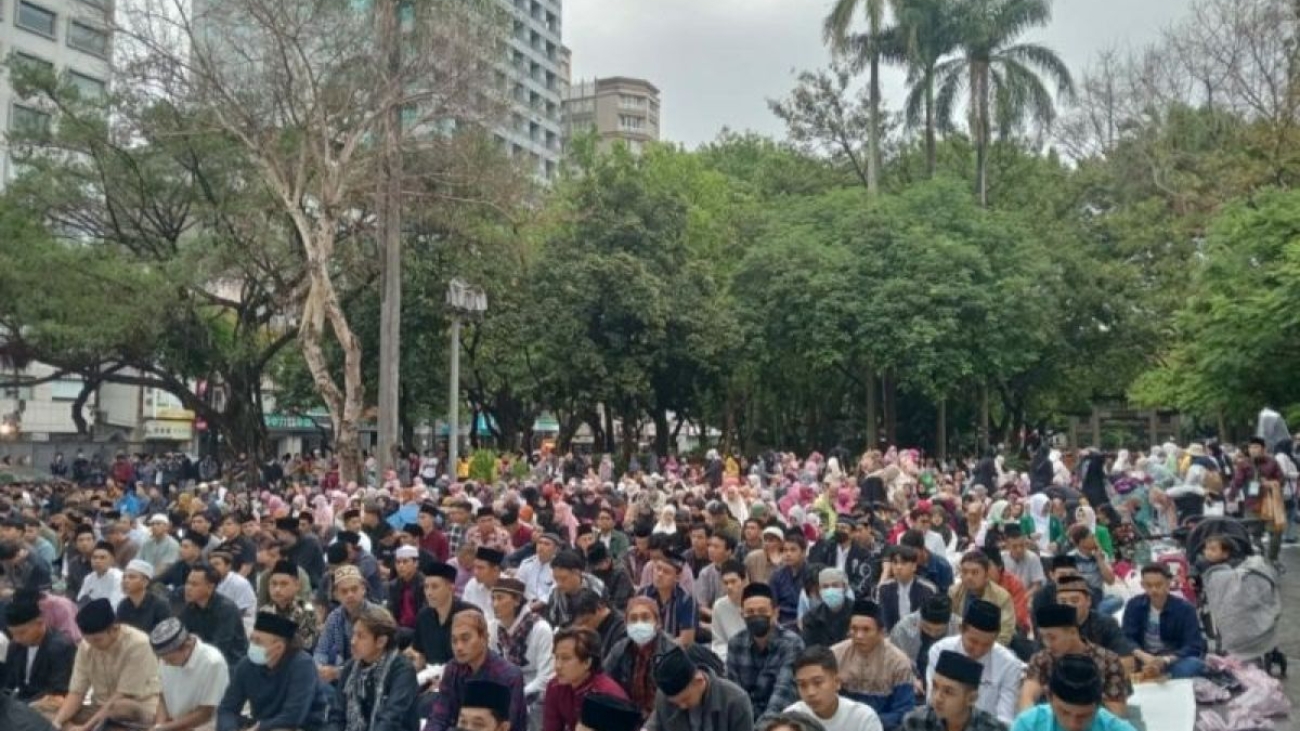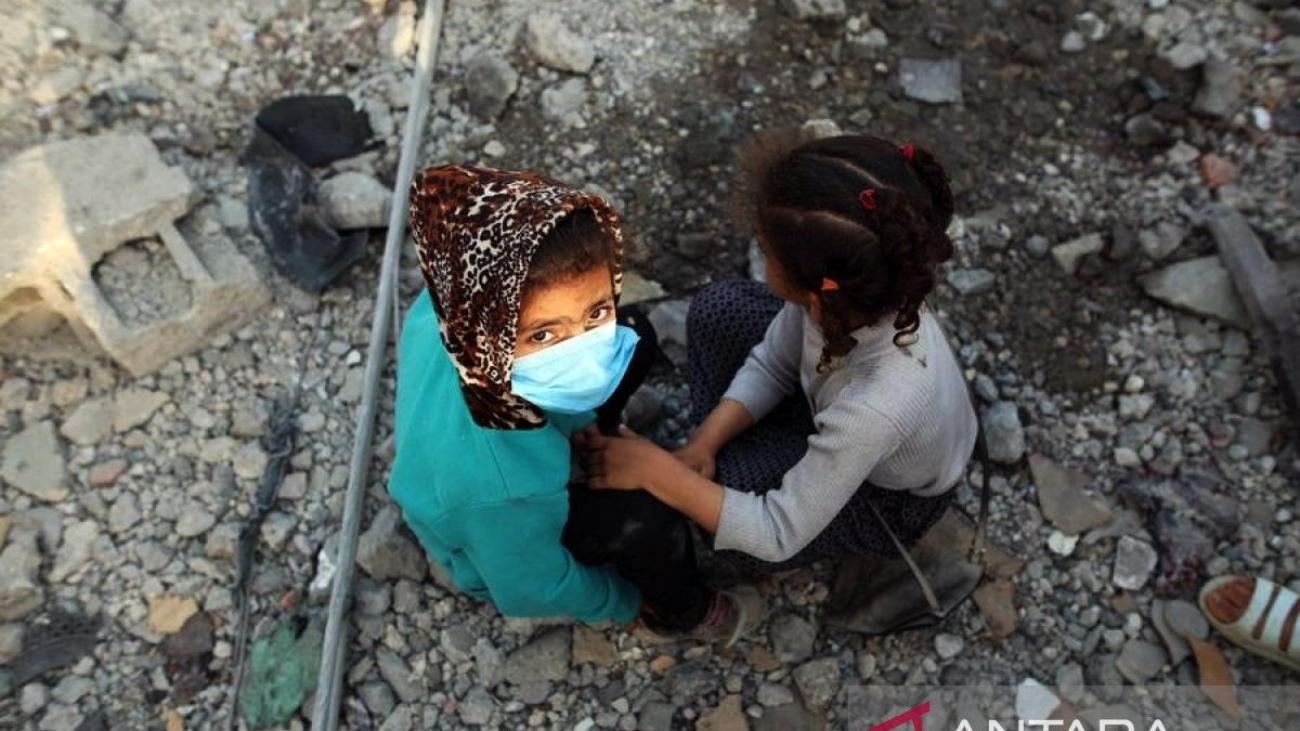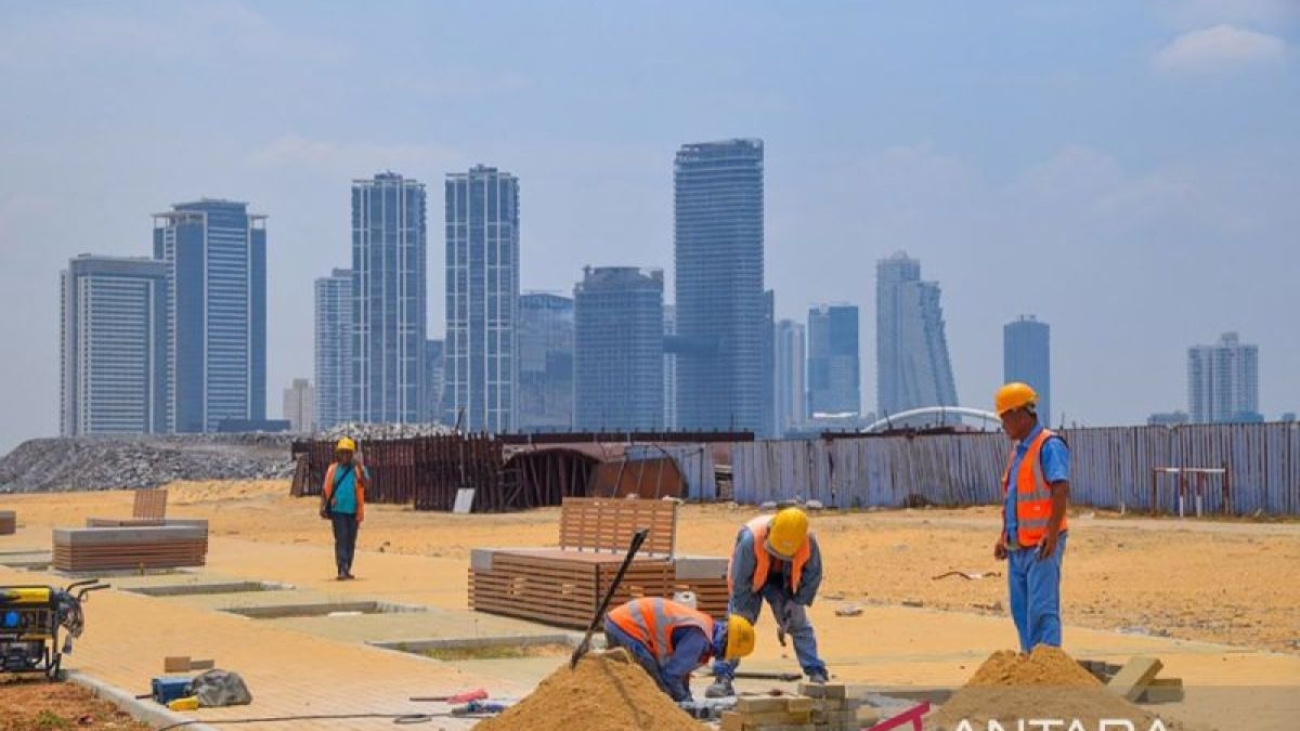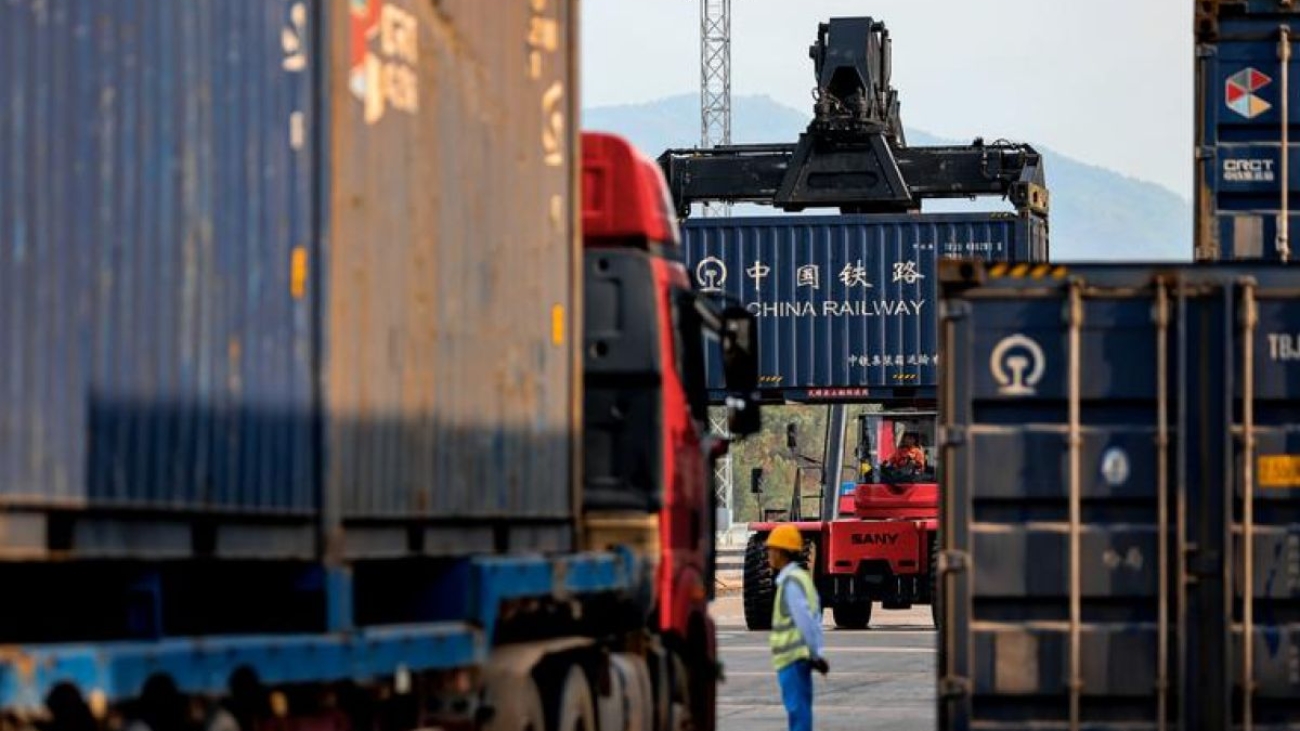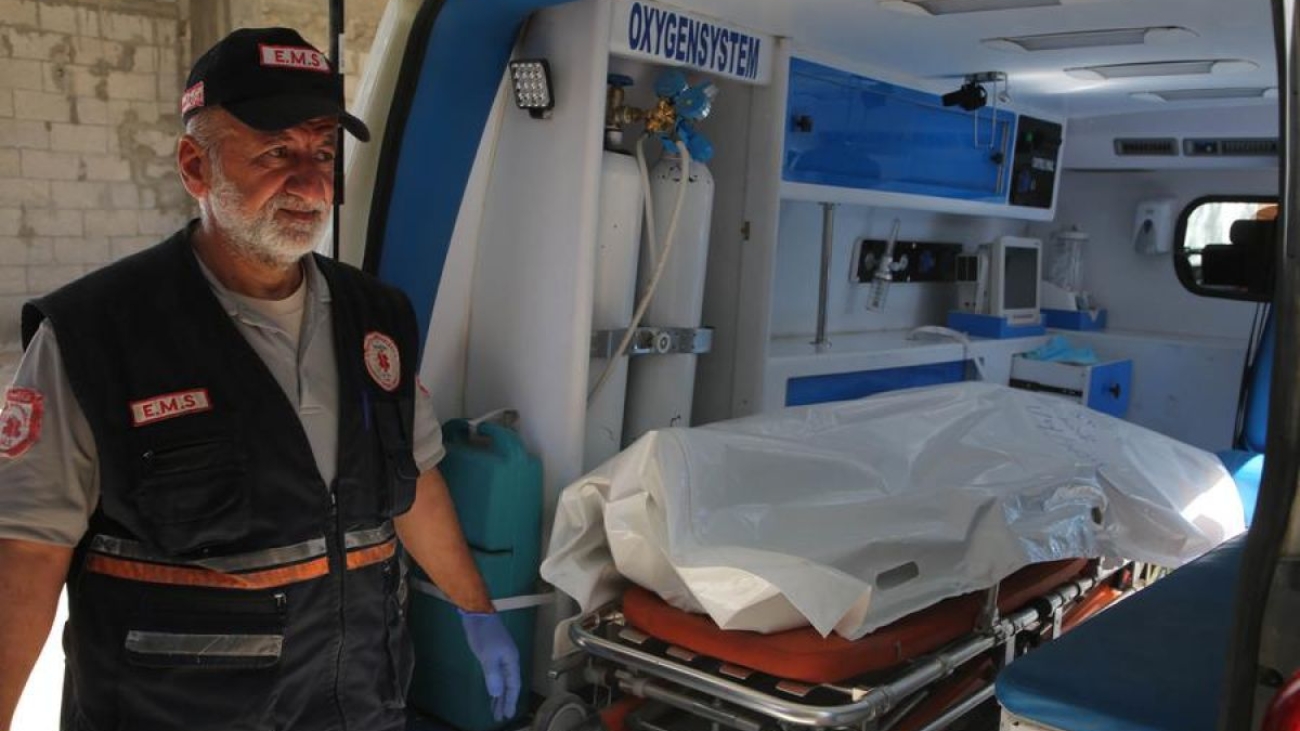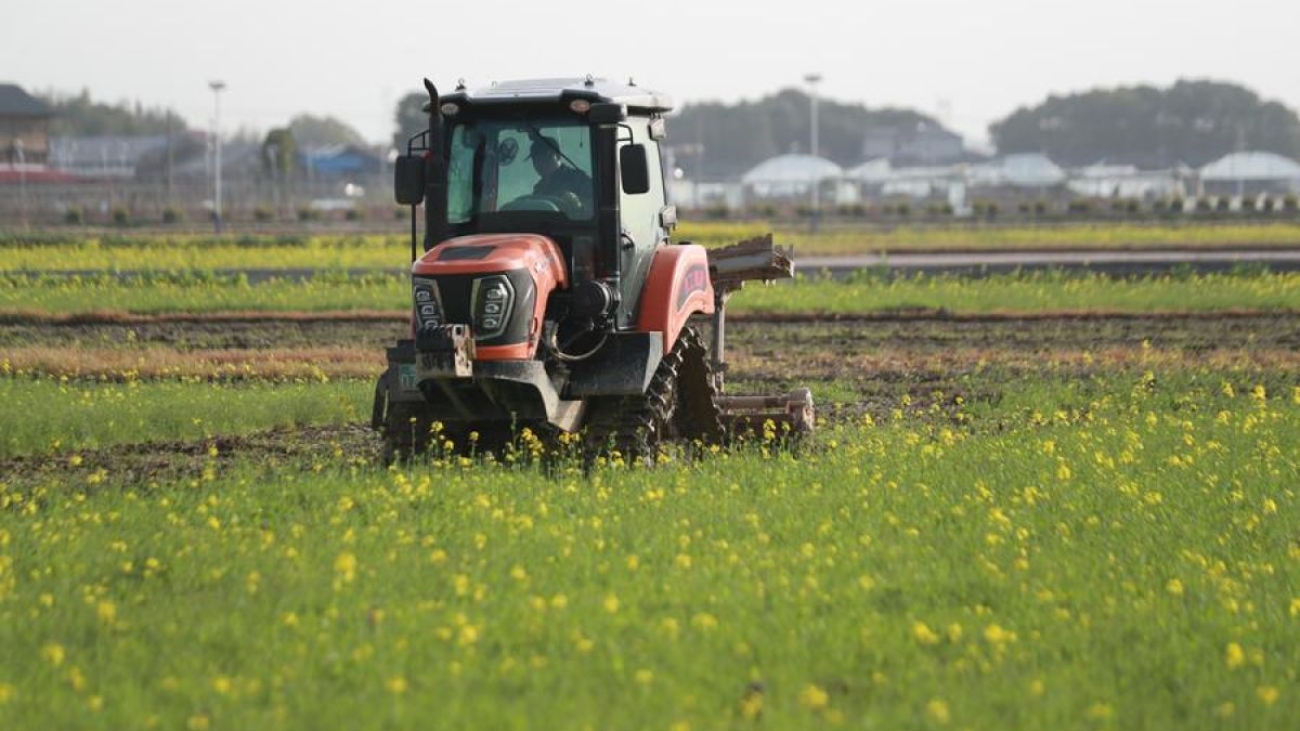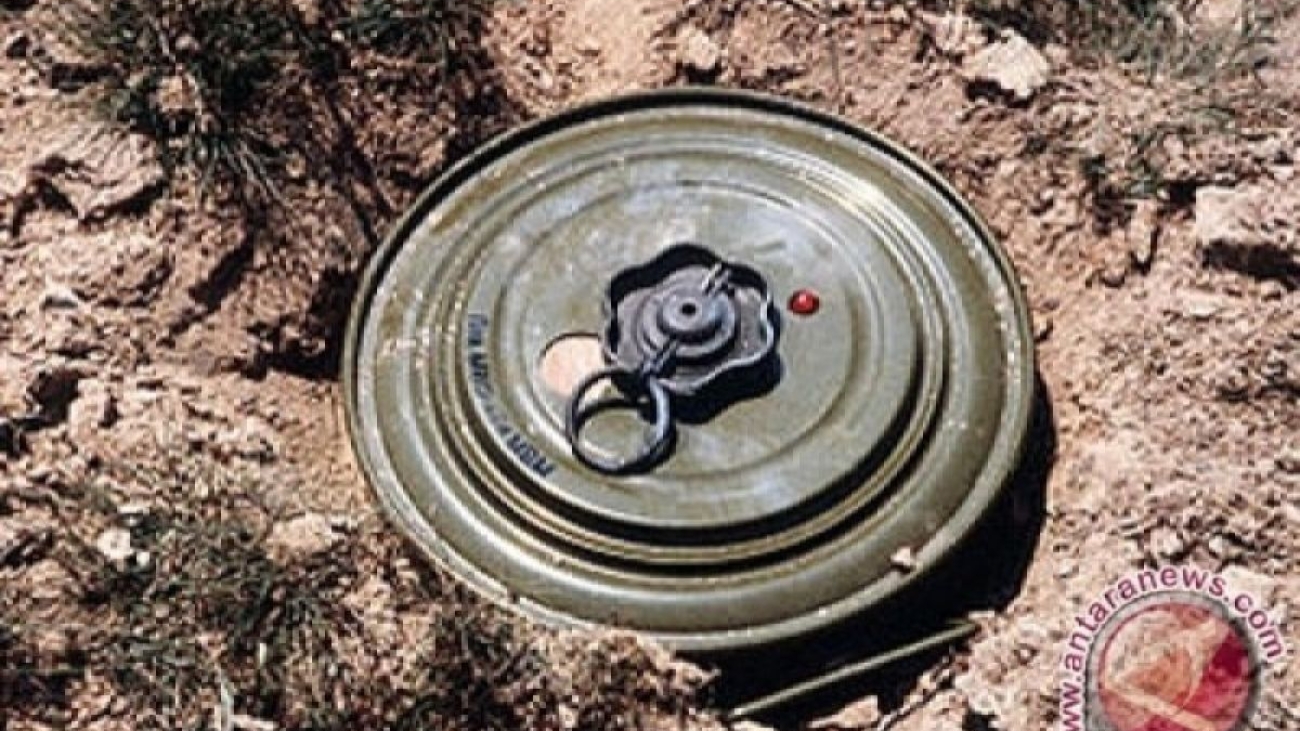Makan di luar merupakan salah satu kegiatan yang sangat populer di kalangan masyarakat Indonesia. Selain bisa menikmati hidangan lezat tanpa harus repot memasak, makan di luar juga bisa menjadi kesempatan untuk bersantai dan menikmati waktu bersama keluarga atau teman-teman. Namun, di negara-negara lain seperti Turki, makan di luar bisa menjadi sebuah kemewahan yang mahal.
Belakangan ini, Turki mengalami lonjakan harga yang signifikan, termasuk dalam hal makanan dan minuman. Harga-harga makanan di restoran dan kafe di Turki kini jauh lebih tinggi dibandingkan dengan beberapa tahun yang lalu. Hal ini tentu membuat makan di luar menjadi sebuah kemewahan yang hanya bisa dinikmati oleh kalangan tertentu.
Banyak orang di Turki kini beralih ke memasak di rumah sebagai alternatif untuk menghemat pengeluaran. Selain lebih murah, memasak di rumah juga dianggap lebih sehat karena kita bisa mengontrol bahan-bahan yang digunakan. Meskipun demikian, bagi sebagian orang yang sibuk atau tidak memiliki kemampuan memasak, makan di luar tetap menjadi pilihan meskipun dengan harga yang lebih mahal.
Namun, meskipun harga-harga makanan di Turki semakin mahal, tetap saja banyak orang yang tetap memilih untuk makan di luar. Mereka menganggap bahwa makan di luar adalah sebuah bentuk relaksasi dan hiburan yang bisa menghilangkan stres setelah seharian bekerja. Selain itu, makan di luar juga bisa menjadi kesempatan untuk menikmati hidangan-hidangan khas Turki yang mungkin sulit untuk dibuat di rumah.
Bagi para wisatawan yang berkunjung ke Turki, makan di luar juga bisa menjadi pengalaman yang tak terlupakan. Mencicipi berbagai hidangan khas Turki di restoran-restoran lokal bisa menjadi pengalaman kuliner yang menarik dan menyenangkan. Meskipun harganya lebih mahal dibandingkan dengan di Indonesia, rasanya sebanding dengan pengalaman yang akan didapatkan.
Dengan lonjakan harga makanan di Turki, makan di luar memang menjadi sebuah kemewahan yang tidak bisa dinikmati oleh semua orang. Namun, bagi mereka yang mampu dan ingin merasakan pengalaman kuliner yang berbeda, makan di luar tetap menjadi pilihan yang menarik. Sebuah kesempatan untuk menikmati hidangan lezat sambil menikmati atmosfer yang berbeda dari biasanya.
